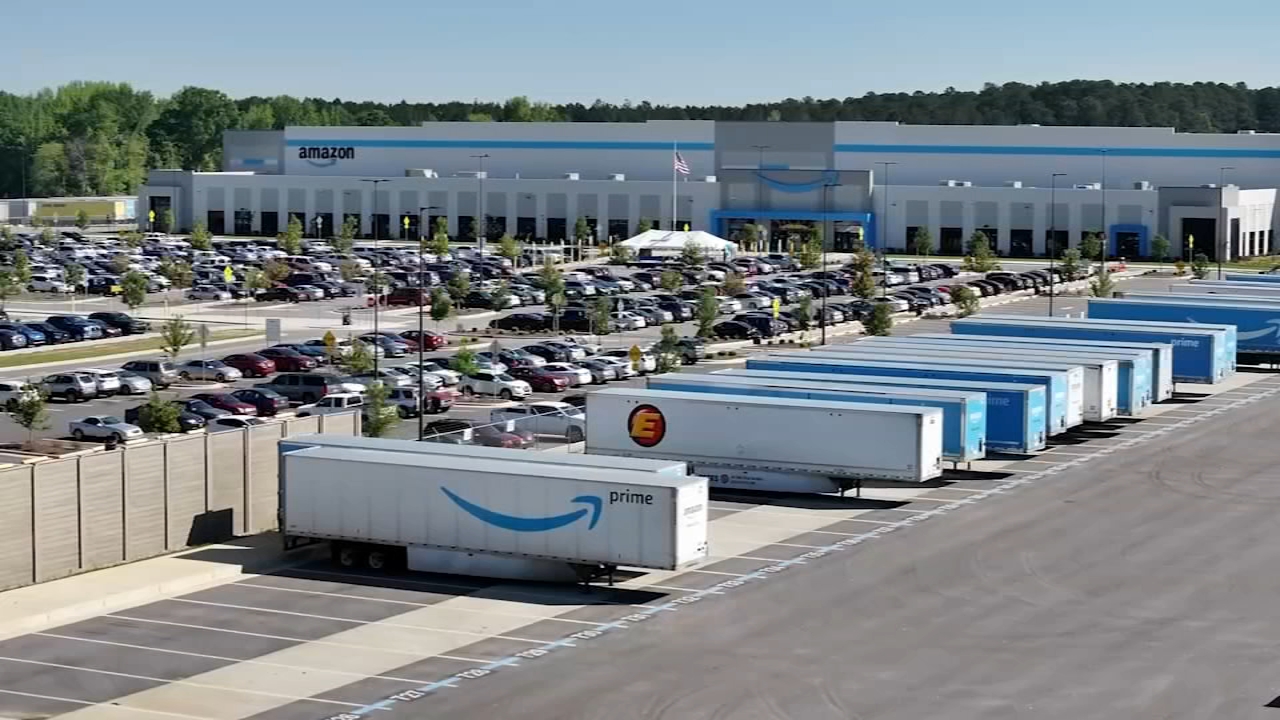State health director talks UV light, COVID-19 cases in meat plants

RALEIGH, N.C. (WTVD) -- As North Carolina gets ready to reopen, we asked Dr. Betsey Tilson, the state health director a few questions Wednesday.
Tilson talked about UV light as a disinfectant, tracking cases in meat plants and the healthcare racial divide.
A partial transcript follows. Watch the video in the media player above for her full responses.
ALSO SEE: Tracking North Carolina COVID-19 cases
We're seeing UV light being used to disinfect. What does the data show about UV light and coronavirus?
According to the CDC, the data is still out on the efficacy of UV light for disinfecting, so currently, really, the recommendation is using an EPA-approved disinfectant to wash down the surfaces. And we can see as more data comes if that recommendation may change, but right now, the data still is pretty inconsistent.
As we enter Phase 1, how can we stay safer as more and more people start venturing out?
So, we want to make sure everyone is remembering the three Ws: Wear a cloth face covering, wait six feet apart from other people and wash your hands really, really well. Those big three Ws, they apply across all settings whenever you're leaving your house. A couple of other things too, again, as always, if you're sick, not going out, and also making sure you're washing surfaces with EPA-approved disinfectants.
How is the state tracking cases inside of meat plants?
A couple of things about meat plants, so, one, they are heavily regulated by the Department of Agriculture and then we come in as the technical lead thinking through how to protect the health of the employees of this very critical infrastructure. So, then we're invited in by the plant and by our community partners, we really do a lot of advice about what the plants can put into place to prevent spread within the plants. We can also help to facilitate testing, connection to care and follow-up for those workers as well ... and just as a reminder, cases in a plant it's different than cases perhaps like in a nursing home where everybody is all what we call congregant living setting and everybody's in that setting. In a place like a plant, people go back to their home and their community and back to the plant, so it's much more of a fluid environment and different than again, like an outbreak in a nursing home.
The pandemic has really put a spotlight on the racial divide in this public health crisis. How is the state trying to tackle some of those numbers?
I can't articulate enough about how this pandemic has completely shown that, shone a spotlight on those existing inequities in health disparities ... minority populations having already coming into the pandemic with disparities in those underlying health conditions, which we know can make people more at risk for having poor outcomes if they get an infection; thinking through lack of access to care or lack of access to testing, not having insurance, so there's a lot of pieces in the existing disparities that the COVID-19 has shone a spotlight upon. So, we're trying to be very intentional about how we are addressing that, thinking through with our testing strategy, really making sure that we're expanding intentionally expanding testing to our minority populations, to our hard-to-reach population in a trusted community setting.
RELATED: What is herd immunity? How do we get there? Answers to your COVID-19 questions
RELATED: State health director talks reopening economy, COVID-19 testing




